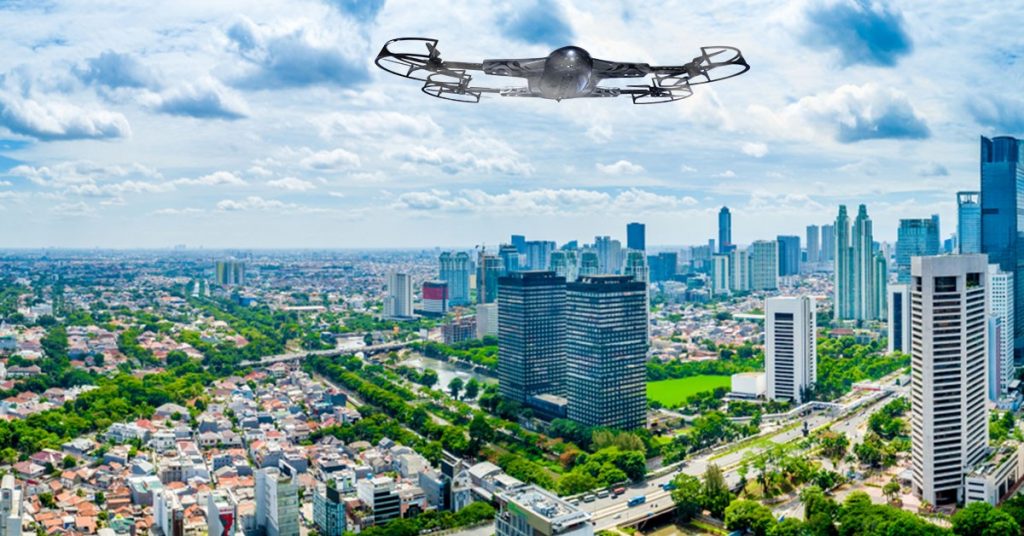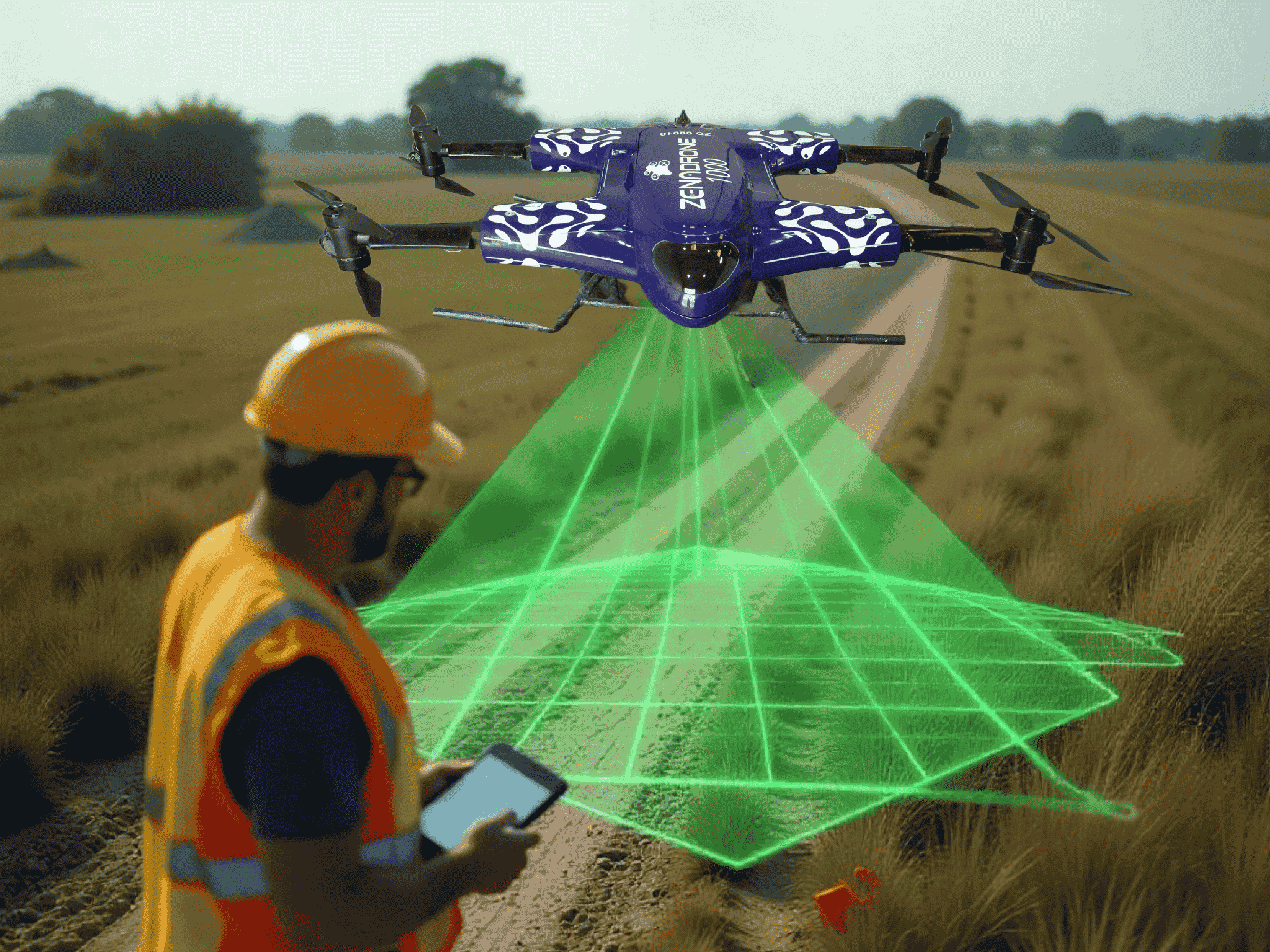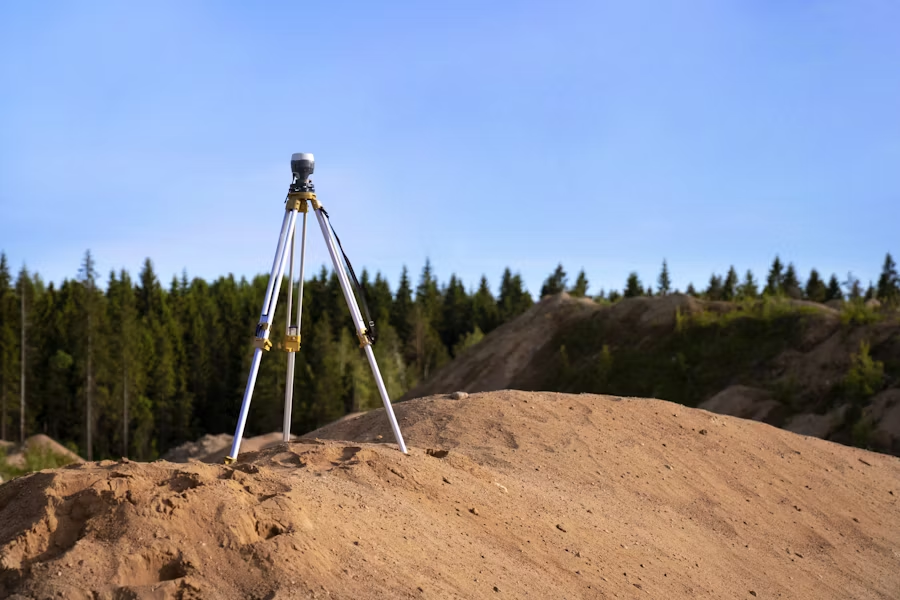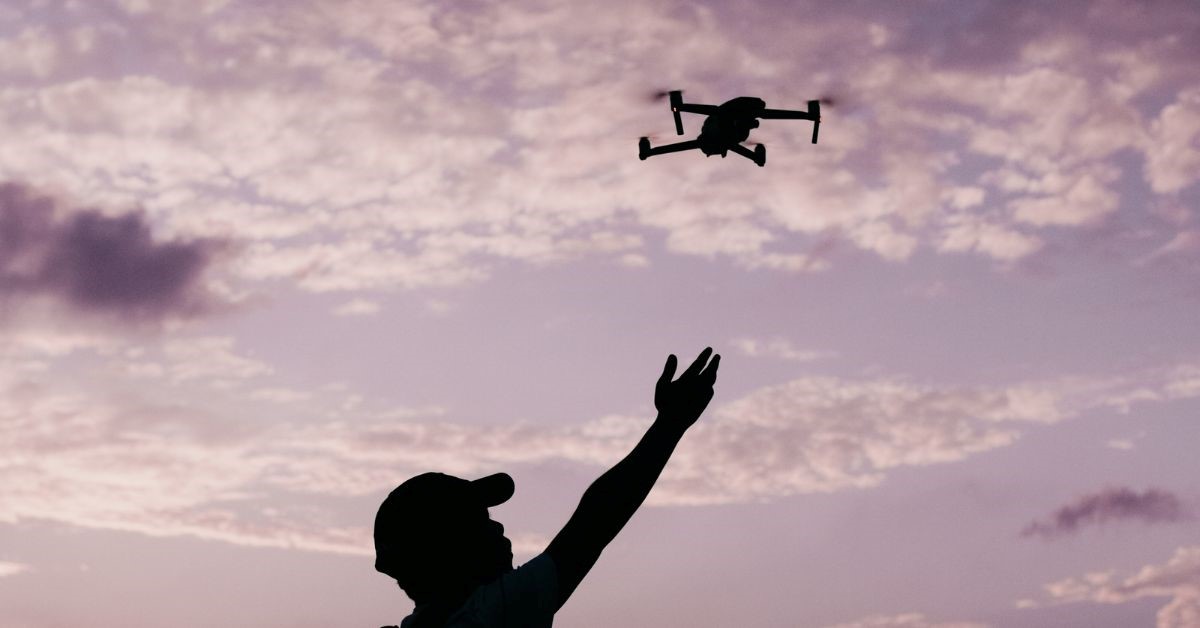Top Six Industries Augmented By Drone Technology

The advantages of drones are hard to deny. The accelerated use of UAV technology is now significant in different economic sectors. Drones are now often present in business and recreational settings. Many tiny companies are finding ways to use drones to earn money for large organizations deploying advanced drop technology. Many diverse industries have discovered methods to employ drones to their company’s advantage.
Industries that use drones include:
- Agriculture
- Real estate
- Insurance
- Construction
- Many more
UAV technology is changing how industries keep their workers safe and assets in order. UAVs can do various tasks with the capability of taking high-definition pictures and videos. Drones provide clear visuals for multiple sectors that usually require human laborers.
The Application of Drones In The Global Industry Platform
Drone technology has overtaken regions where specific industries were either stagnant or underperforming for the past years. Industries that use drones have made technology an essential tool in daily operations.
Drone features are beneficial in places laborers cannot access or are impossible to operate within.
Some of the primary uses of drones provide industries worldwide boosts:
- Job efficiency and productivity
- Reduce workload
- Reduce production costs
- Improving accuracy
- Enhancing service
- Boost customer relations
- Resolve large-scale security challenges
The adoption of drone technology across industries is quickly gaining pace. More and more enterprises are beginning to recognize drone technology’s potential, scope, and global reach.
Six Largest Industries Improved by Drone Technology
Business operations across industries using UAV technology are now noticing significant changes and improvements. Inspections, checks, and workforce safety have more priority while using drones. Deploying drones gives more options for workers to boost productivity.
Here are six large industries that use drones:
1: Construction and Infrastructure Industry
The construction industry is crucial to every economy in the world. The industrialization of a country can mean having sufficient infrastructure to support progress. UAVs can:
- Save costs
- Reduce accident frequency
- Enhance project management
Traditional inspections are time-consuming and labor-intensive, but drones’ AI technology makes it easier and safer. Drones can measure, transmit, and store data for civil or structural surveys. The management and investors can verify finished building projects following the designs.
2: Energy and Resource Industry
Energy and utility companies typically perform helicopter inspections of refineries, offshore rigs, and power lines. These operations are more affordable and environmentally friendly when drones take the place of helicopters. Many renewable energy businesses employ drones to examine solar panels and wind turbines. In addition to alerting employees to catastrophes like a ruptured pipeline, drones can carry payloads that detect gas leaks. UAVs avert potential ecological and economic disasters by covering the ground much more quickly than a team of people. Now that drones inspect available stops, the risk to human life has decreased.
Drone use in these sectors of the economy contributes to increased productivity and security in daily operations.
3: Agriculture Industry
Drone farming technology has a significant positive impact on the agriculture industry. Farmers worldwide need to produce more food to supply global demand. Due to the strong demand, drone technology has various purposes. Drones that can spray water, insecticides, or herbicides on a specified location while the farmer watches from a distance on a screen are already available. Farmers can operate drones from a distance while it sprays water, insecticides, or herbicides on a specific area. Farmers can quickly identify crop problems and concentrate on solutions thanks to drone technology.
4: Security Industry, Search and Rescue Operations
Drone cameras are now changing aerial surveillance for security purposes. Facilities of all sizes employ tethered and untethered UAVs to monitor:
- Entrance
- Departure points
- Perimeters
- Inventories and other assets
Furthermore, programs for home surveillance drone is already under development. For autonomously monitoring homes and businesses, UAVs may eventually become the norm. A drone scans any area for intruders or other hazards, offering a level of security unheard of before.
5: Insurance Industry
Drones can assist insurance firms in managing claims. UAVs provide a clear view of the destroyed property regarding numerous claims in the aftermath of a calamity. Before an insurance adjustor visits a property to evaluate a claim for damages, a drone can inspect it. A streamlined process using UAV technology saves insurance businesses time and money. In a related application, repair experts can use aerial photography to show the owner the damages and discuss restoration possibilities.
6: Logistics and Transportation Industry
Drones can transport bulky supplies and machinery, reducing the strain and risk to manual personnel. Companies such as Amazon have promoted drone delivery in the past years. Although it is primarily a logistics and retail organization, manufacturers can use the same applications. By moving components or small bits from one production line to another, production is also possible through drones. UAV technology is also capable of packing, picking, and inventory management.
Drones: Creating a Better And Agile Workplace Across Industries
Many industries need established and efficient methods to carry out operations without endangering workers’ lives. Drone technology is constantly changing, and its designs are manufacturing sustainable processes. Any kind of drone is unquestionably helpful for industries. Economic factors will influence UAV demand just like in every other sector. Industries that use drones stand to gain the most from their ability to automate processes and streamline operations. The top businesses will keep such economic drivers at the forefront when they create their UAV strategy. Drones are becoming integral to a more significant movement to automate and digitize operations.
Conclusion
Drones can do inspections and surveys more swiftly, affordably, and safely than people or helicopters. Carrying out safer routine operations lowers insurance costs—UAVs gain from completing the same activity more affordably and frequently. New types of analysis are made possible by drastically expanding the amount of data gathered. Drones have already begun to change industries for these activities.
Various factors will affect the drone application’s future, including infrastructure development. These factors include:
- Charging hubs
- Laws and regulations
- Landing zones
These factors will continue to determine the viability of various drone applications in different industries. However, drone technology is constantly advancing and improving. The other applications of UAVs are close to possibility with the new advancements.
Contact Us
Thank you for your message. It has been sent.
Latest Posts
Social Profiles















